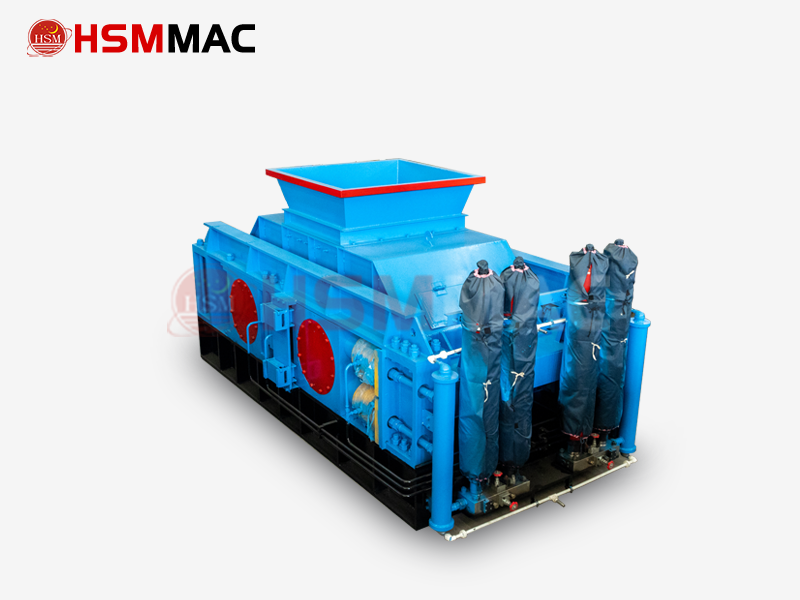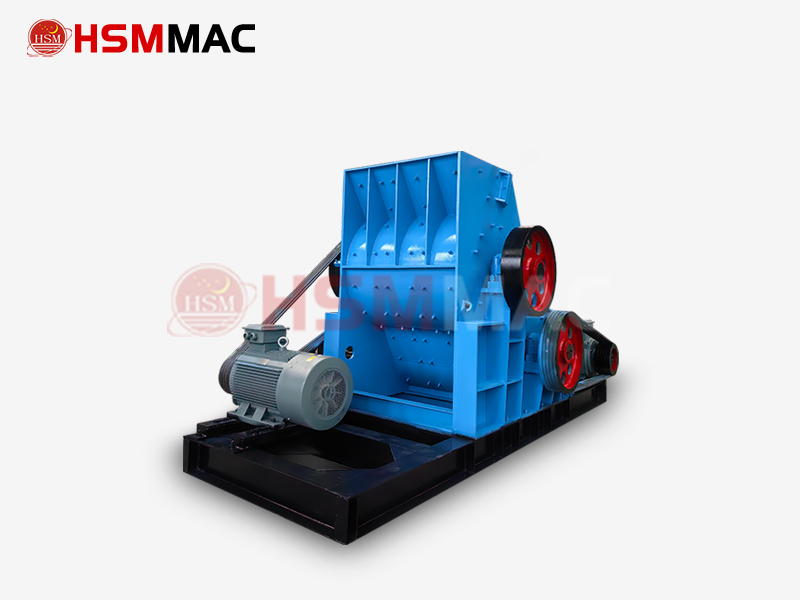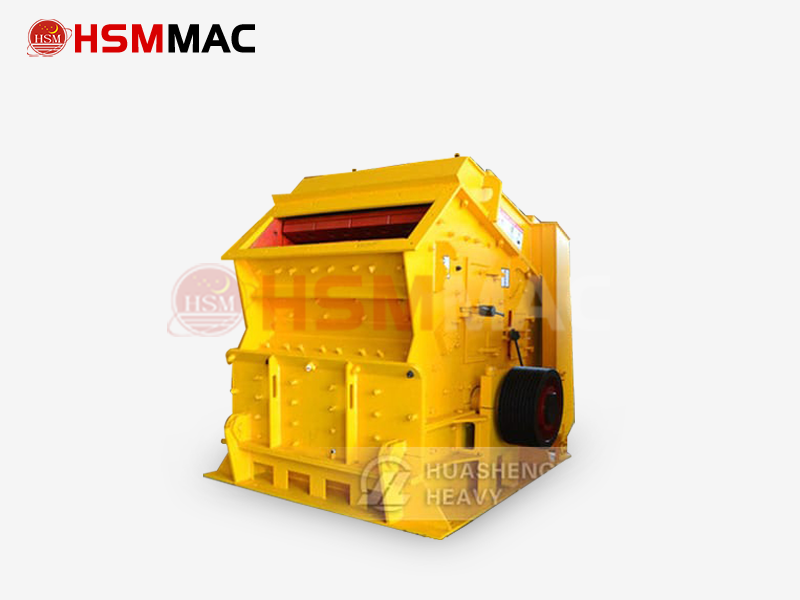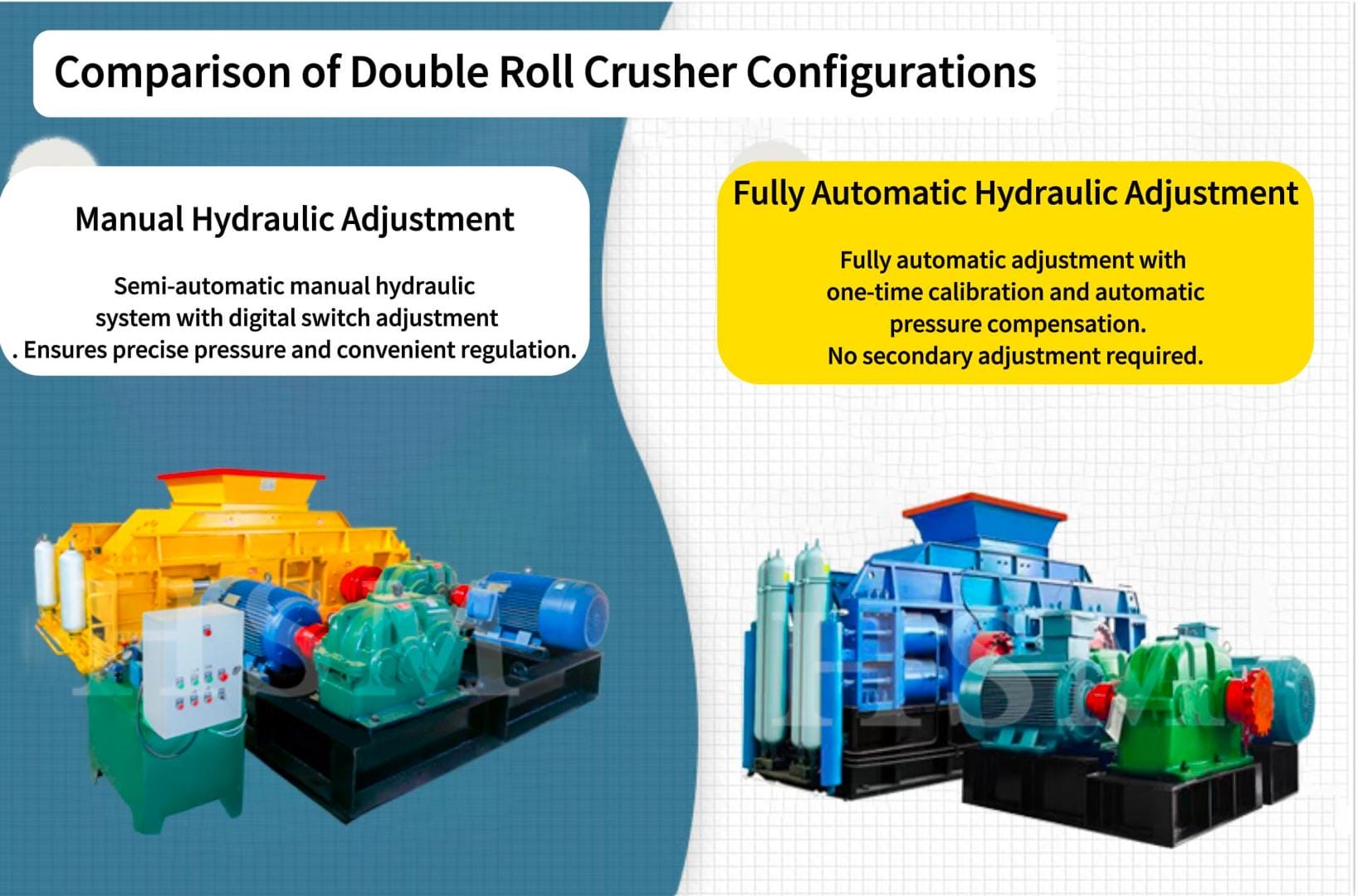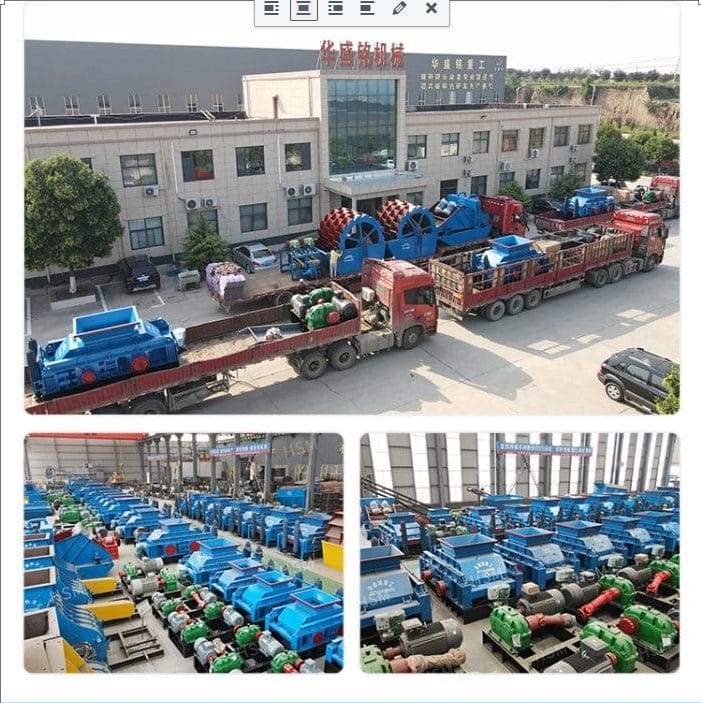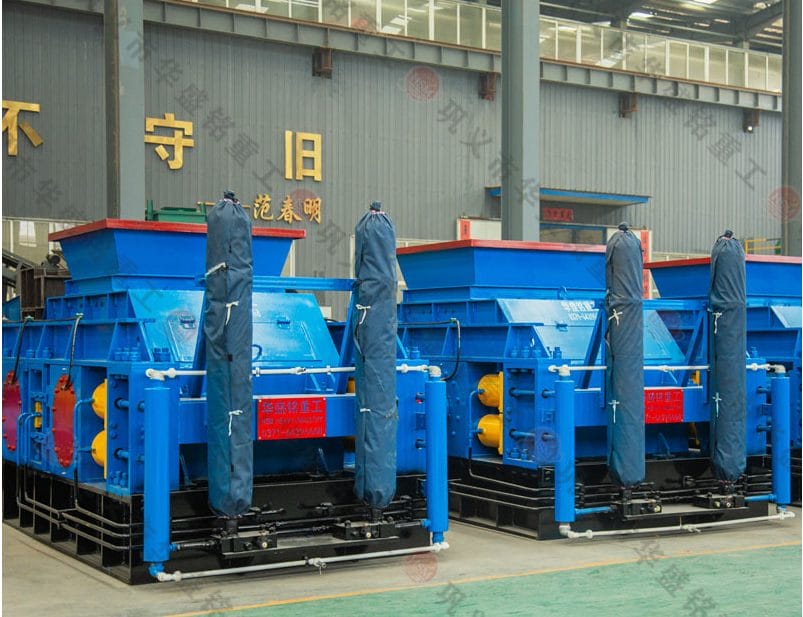The application of double-roll crushersin refractory material production offers significant advantages, particularly in the coarse and medium crushing stages of raw materials such as clay, bauxite, and magnesite. The following analysis comprehensively examines technical features, selection criteria, and industry applicability:
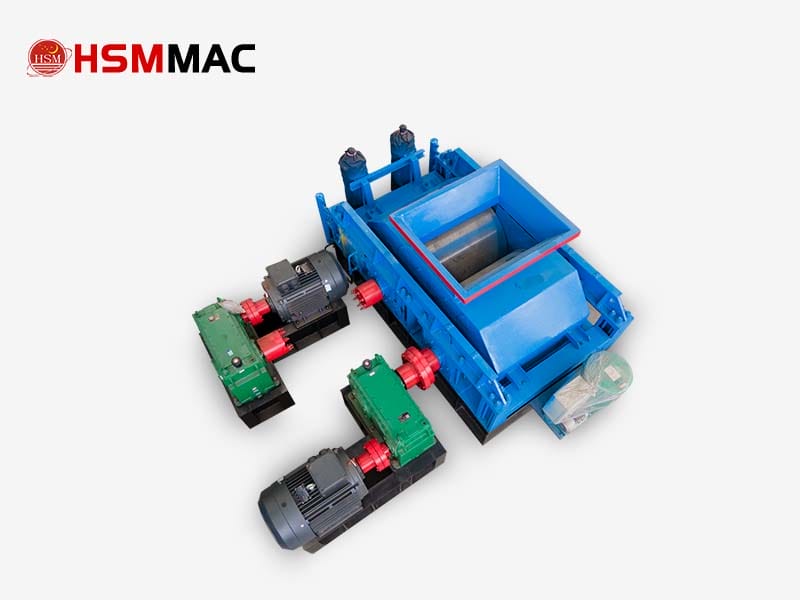
Double-roll crusher
1.Double-roll crusher Core Advantages of Double Roll Crushers in the Refractory Materials Industry
Crushing Efficiency and Particle Size Control
High Uniformity: The squeezing force generated by the relative rotation of the two rolls enables precise control of the output particle size (typically adjustable between 1-20 mm), preventing over-crushing and ensuring the quality of refractory material forming.
Strong adaptability: Hydraulic or mechanical adjustment devices (wedges/shims) allow flexible adjustment of the roller gap to meet the crushing requirements of different raw materials.
Wear resistance and maintenance costs
Optimized roller surface material: The rollers are made of high-chromium alloy, zirconia, or corundum ceramic liners, with a wear life of 1-3 years (extendable to 8-10 years with proper maintenance), reducing replacement frequency.
Simplified structure: Modular design facilitates replacement of wear parts, with annual maintenance costs as low as 2,000 yuan and a failure rate below 5%.
Energy-saving and environmentally friendly characteristics
Reduced energy consumption: The extrusion-type crusher saves 30%-50% more energy than hammer crushers, and its sealed structure effectively suppresses dust emissions (dust emissions comply with national standards).
Noise control: Low-speed operation (typically 2-4 m/s) reduces noise pollution and improves the working environment.
Wide material adaptability
Can process medium-hardness (compressive strength ≤ 160 MPa) brittle materials such as bauxite, coke, and slag, suitable for both dry and wet materials.
2. Double-roll crusher Key selection parameters and technical specifications
| Model | Feed particle size (mm) | Discharge particle size (mm) | Processing capacity (t/h) | Motor power (kW)) | Applicable scenarios |
| 2PGC450×500 | 300-500 | 15-100 | 30-60 | 30×2 | Medium-sized refractory raw material plant |
| 2PG600×750 | 300-600 | 20-120 | 60-100 | 45×2 | Large-scale aggregate production |
| 2PG900×900 | 600-900 | 30-200 | 150-200 | 75×2 | Large refractory material production line |
Selection Recommendations:
Small-scale plants: Opt for the 2PGC400×250 model (output: 7–15 t/h), which offers low investment costs (approximately 100,000–300,000 yuan).
Large-scale plants: We recommend the 2PG1200×1500 model (output: 200–300 t/h), paired with an intelligent control system to enhance automation levels.
3.Double-roll crusher Usage Precautions
1. Feed Management: Ensure that raw materials are fed evenly to avoid excessive accumulation, which may lead to over-grinding or roller gap blockage.
2. Foreign Object Protection: Equip with a hydraulic overload protection system to automatically remove hard objects such as iron blocks and prevent equipment damage.
3. Regular Maintenance: Lubricate bearings every 500 hours, inspect roller surface wear, and promptly repair or replace liners.
4. Double-roll crusher Industry Application Cases and Development Trends
Case: After adopting double-tooth roller crushers, some refractory material plants saw a 40% increase in raw material utilization and a 25% reduction in maintenance costs.
Summary
Double-roll crushers, with their advantages of precise and controllable particle size, high wear resistance, and low energy consumption, have become the preferred equipment for refractory material crushing. When selecting a model, it is essential to comprehensively consider production capacity requirements, raw material characteristics, and maintenance costs, and prioritize models equipped with intelligent protection systems (such as the Huasheng brand). For large-scale projects, it is recommended to conduct on-site inspectio










